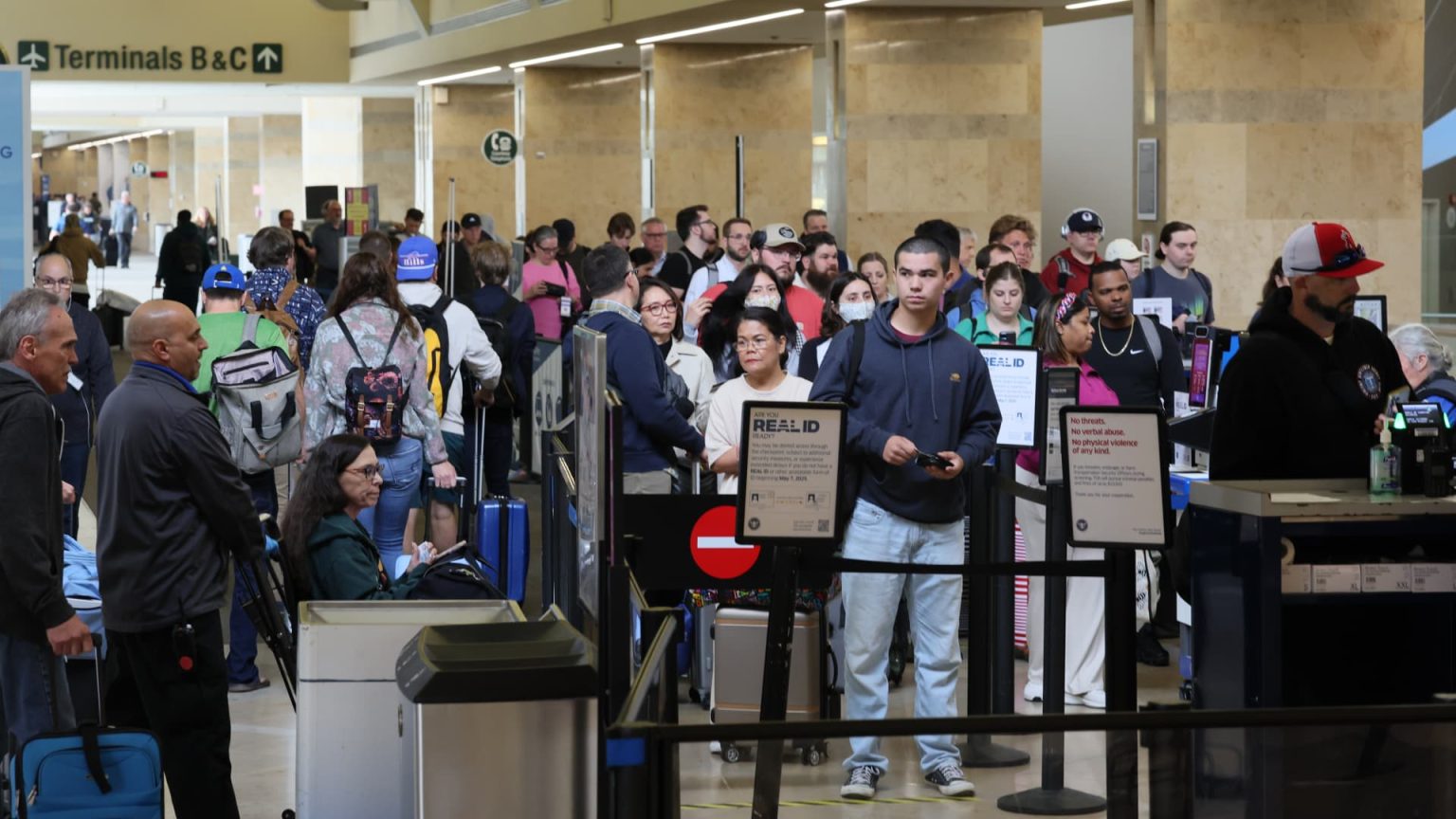In a significant shift aimed at improving the travel experience, the Transportation Security Administration (TSA) has announced new measures that allow many passengers to keep their shoes on while passing through airport security checkpoints. This decision marks the end of a nearly two-decade-long requirement initiated in the aftermath of security threats following the infamous “shoe bomber” incident. The announcement, made by Homeland Security Secretary Kristi Noem, comes as the TSA anticipates an increase in air travel due to upcoming events such as international sports competitions.
| Article Subheadings |
|---|
| 1) Background of the Shoe Removal Policy |
| 2) Immediate Implementation and Nationwide Impact |
| 3) TSA’s Enhanced Screening Technology |
| 4) Industry Reactions to the Policy Change |
| 5) Anticipated Travel Trends and Future Outlook |
Background of the Shoe Removal Policy
The requirement for passengers to remove their shoes at U.S. airport security checkpoints was instituted in 2006, primarily stemming from heightened security concerns following the attempted bombing of American Airlines Flight 63 in December 2001. The assailant, known as the “shoe bomber,” attempted to detonate explosives hidden in his footwear, which led to increased airport security measures. The TSA implemented this policy as part of a broader initiative to address evolving threats and enhance the safety of air travel. Historically, the shoe removal requirement was seen as a necessary precaution to mitigate risks posed by potential explosives that could be concealed within footwear.
Immediate Implementation and Nationwide Impact
On Tuesday, Secretary Kristi Noem announced that the TSA would immediately allow many travelers to keep their shoes on while passing through checkpoints, effective nationwide. This change brings significant relief to millions of travelers who have long been inconvenienced by the shoe removal requirement. Noem stated during the announcement at Ronald Reagan Washington National Airport that this adjustment is part of a comprehensive effort to enhance the overall travel experience while maintaining strict safety standards. Industry insiders were briefed about the new policy in advance, setting the stage for a smoother travel process for all passengers.
TSA’s Enhanced Screening Technology
One of the pivotal reasons cited for this policy shift is the advancement in airport screening technologies. Recent developments have enabled the TSA to implement more sophisticated systems that enhance their ability to detect potential threats without requiring passengers to remove their shoes. Noem emphasized the agency’s commitment to balancing safety with hospitality during the travel experience. “We took a hard look at how TSA does its business, how it does its screening processes, and what we do to make people safe, but also provide some hospitality as well,” she noted. These technological advancements form a foundation for a more efficient security process, which is especially imperative as air travel volumes increase.
Industry Reactions to the Policy Change
The announcement has garnered robust support from various stakeholders within the aviation industry. Airlines for America, the national trade association for U.S. airlines which represents major carriers including American Airlines, Delta Airlines, and United Airlines, applauded the decision. In a statement, the organization remarked, “This policy change will go a long way in facilitating smooth, seamless and secure travel for passengers and is welcome news to the millions of people who fly every day.” The association underscored that informed security decisions based on risk assessments and advanced technologies reflect a common-sense approach, welcoming the TSA’s strategic policy adjustments.
Anticipated Travel Trends and Future Outlook
As travel demand surges, particularly with international events on the horizon such as the World Cup next year, the TSA anticipates a significant uptick in air traffic. This expected increase poses unique challenges as airports brace for larger crowds and more complex logistical needs. The TSA’s new shoe policy aims to alleviate some of this pressure by expediting the screening process, thus improving overall efficiency. Noem emphasized the importance of adapting security measures in anticipation of evolving travel patterns, thereby ensuring that passenger safety remains paramount while also enhancing comfort. As we move forward, the impact of this policy change may serve as a catalyst for broader reforms within airport security protocols.
| No. | Key Points |
|---|---|
| 1 | The TSA allows many travelers to keep their shoes on at security checkpoints, effective immediately. |
| 2 | This decision ends a shoe-removal requirement that dates back to 2006 following increased security threats. |
| 3 | The TSA credits advancements in screening technology for the policy shift. |
| 4 | The aviation industry has welcomed the change, calling it a commonsense approach to security. |
| 5 | The policy change is viewed as essential in addressing anticipated increases in air travel. |
Summary
In conclusion, the TSA’s announcement to lift the shoe removal mandate reflects an evolving approach to airport security, driven by advancements in technology and a focus on enhancing the travel experience. As the industry anticipates increased passenger volumes in the coming years, this policy change may set the stage for additional reforms that prioritize both safety and convenience in air travel. Stakeholders continue to support the TSA’s efforts to adapt to changing travel dynamics while ensuring that the safety of all passengers remains at the forefront.
Frequently Asked Questions
Question: What prompted the TSA to change the shoe removal policy?
The TSA made this change in response to advancements in screening technology and an assessment of the current security environment, which allows for heightened safety without the necessity of shoe removal.
Question: How has the aviation industry reacted to this policy change?
The aviation industry has welcomed the decision, seeing it as a commonsense approach to facilitating secure and smooth travel for passengers.
Question: What are some upcoming events that may affect travel volumes?
Upcoming major events, such as the World Cup next year, are expected to significantly increase air travel demand, thus making improved security measures more crucial.


